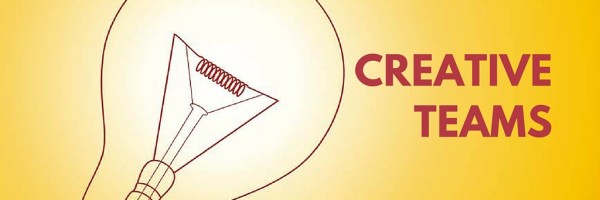I have been involved in a number of new website projects and there seems to be two mistakes that organisations get themselves in to. Put simply these are that small companies often spend too much on their website while medium sized companies spend too little.
This can be described through the analogy of buying a car. Were I to go out tomorrow to buy a car for everyday use, it would be inadvisable to buy a racing car for many obvious reasons. They are hard to maintain, require specialist knowledge to drive, are extremely expensive, often experimental and would not be much use for carrying home my weekly shop. Conversely if I turned up at a motorsport event with my current very modest diesel car I would be considered delusional, not taken seriously or probably not even allowed to enter.
This same analogy translates well into the world of websites. A small company with little web development knowledge will often go to a developer with a very precise idea of what they want that can only be achieved by using expensive customised technology. A developer will often legitimately state a cost for that work and for obvious reasons it is not in the developer’s interest to point out that by compromising on the list the client can get a more better product off the shelf. What’s more, it will be a more the cost effective solution which will almost certainly be updated at only nominal cost.
Conversely a medium sized company which wants to update its website presence will often make the reverse mistake. That company already has established brand, employees and processes with entrenched interests and knowledge around areas such as sales, marketing and customer care. Rather than fundamentally examining the business from the ground up they request an add-on that mimics the current internal operating processes. The reality is that this approach rarely successful; an good online presence requires a complete fundamental re-understanding of the business model from a ground up to work. When done well this covers everything from key stake holder relations, internal structures, customer care approach, brand and logistics to name but a few.
My challenge to you when you next consider a website or indeed any IT infrastructure project to be clear before hand whether you want an ordinary car or need a racing car and price accordingly:
Small companies should:
- Specify they only want developers to use off the shelf platform, themes and plugins.
- Ask to be guided as to where critical compromises need to be made (expect there to be some!)
- Not to be too fixed on what the final product must look like.
- To find out about upgrade support for the components that pull the website together.
- Never to be afraid to challenge on the costs that are being quoted.
Medium companies should:
- Understand if the company really wants to invest in the digital world and be clear they should not be half-hearted if they do.
- Not be too fixated on what they already do, the digital revolution fundamentally reimagines outputs, inputs and the value placed on certain work.
- Be prepared to examine internal processes in light of rapidly developing technology including an internal reorganisation.
- Accept that you will have almost no alternative but to have an in-house development team and shape strategy accordingly.
- Critically think through all company’s business systems at the same time and ensure they either link together or have a plan to do so.


